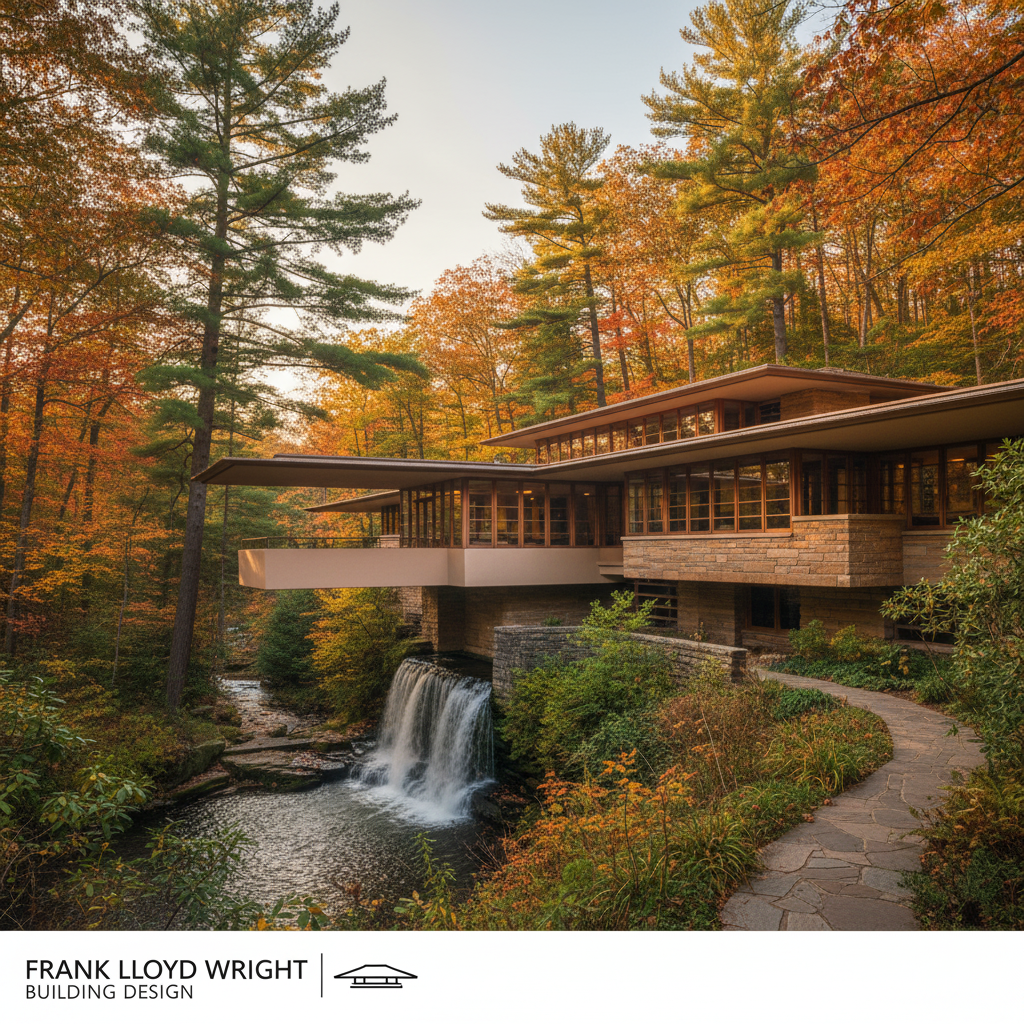Le Corbusier

Le Corbusier, born Charles-Édouard Jeanneret-Gris in 1887 in La Chaux-de-Fonds, Switzerland, was a pioneering architect, designer, urban planner, and theorist whose ideas and works shaped much of 20th-century architecture. A key figure in the modernist movement, he revolutionized the way people thought about living spaces, cities, and buildings. His influence is so vast that his name has become nearly synonymous with modern architecture.
Le Corbusier’s philosophy centered around functionality, simplicity, and harmony between form and function. He believed that architecture should serve the needs of people, and that cities should be designed in a rational and efficient way. One of his most lasting contributions to architectural thought was the development of the “Five Points of a New Architecture”, published in 1926. These were: pilotis (supporting columns that lift the building above the ground), a flat roof terrace, an open floor plan, horizontal windows for even lighting, and a free façade that separates structural supports from walls. These principles can be seen clearly in his iconic Villa Savoye (1931) near Paris, which remains one of the most celebrated houses of the modern era.
In addition to his architectural innovations, Le Corbusier was deeply interested in urban planning. His vision for the modern city was outlined in several projects, the most famous being the Ville Radieuse (“Radiant City”). This was a conceptual plan for a utopian city featuring tall, spaced-out residential towers, green spaces, and efficient transportation systems. While never realized as originally conceived, the ideas behind it influenced postwar urban planning around the world—sometimes controversially.
One of his most ambitious real-world urban projects was the design of Chandigarh, a new capital city for the Indian state of Punjab. Commissioned in the 1950s, it remains one of the most significant examples of modernist urban design. The city’s layout, governmental buildings, and public spaces reflect Le Corbusier’s principles of order, hierarchy, and functionality, blended with a strikingly bold use of concrete.
Le Corbusier also left a deep mark as a theorist and writer. His books, especially Vers une architecture (translated as Towards a New Architecture), published in 1923, became foundational texts in architectural education. In this book, he famously stated, “A house is a machine for living in,” emphasizing efficiency and modernity in domestic design.
Despite his immense influence, Le Corbusier’s legacy is not without criticism. Some see his large-scale urban plans as dehumanizing, overly rigid, or dismissive of organic community life. Nonetheless, his ability to imagine entirely new ways of living and building has earned him lasting respect and admiration.
Le Corbusier died in 1965, but his work lives on in countless buildings, textbooks, and architectural debates. His fearless experimentation, visionary planning, and enduring belief in the power of design to improve life continue to inspire architects and urbanists around the globe.








